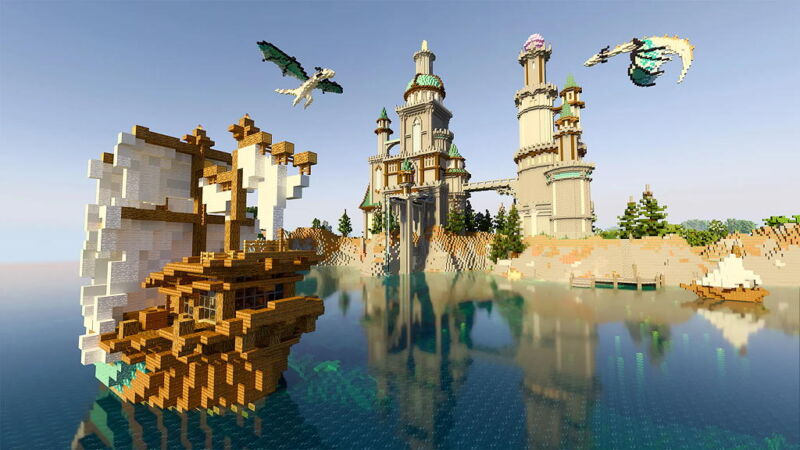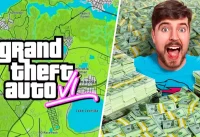Minecraft Unleashed: How GPT-4 and Voyager Are Forging a New Era of AI Gaming Mastery
Listen up, folks! The mind-boggling potential of ChatGPT doesn’t stop at mere conversation. Linxi “Jim” Fan, a brainy AI researcher over at Nvidia, teamed up with their genius crew to unleash the mighty GPT-4, the brains behind ChatGPT and a bunch of other nifty apps, into the world of blocky adventures—Minecraft!

Picture this: The Nvidia squad, led by the machine learning maestro Anima Anandkumar, created a Minecraft whiz called Voyager. And guess what? They put GPT-4 to work, helping this bot conquer challenges within the game. Using its language prowess, GPT-4 crafts objectives to guide Voyager through the pixelated realms, while constantly enhancing its gaming skills with nifty lines of code.
Now, Voyager doesn’t play like your everyday Joe, but it sure knows how to read the game’s digital pulse through an API. Say it spots a fishing rod in its inventory, with a shimmering river nearby. In comes GPT-4, suggesting the goal of reeling in some fish for an XP boost. And then, like magic, GPT-4 conjures up the code that Voyager needs to make this happen.
Here’s the kicker: The real magic lies in the code that GPT-4 generates to soup up Voyager’s abilities. If the initial code doesn’t run like clockwork, Voyager uses error messages, feedback from the game, and a description of the code given by GPT-4 to fine-tune its skills. With time, Voyager creates a treasure trove of code, enabling it to build magnificent structures, explore uncharted territories, and craft tools at lightning speed. According to a chart whipped up by the researchers, Voyager outshines other Minecraft agents, nabbing over three times the loot, venturing twice as far, and constructing tools fifteen times quicker. Fan even hints at future upgrades, allowing Voyager to soak in visual cues from the game itself.
While ChatGPT has dazzled us with its linguistic prowess and seemingly endless knowledge—despite occasionally spinning tall tales—Voyager opens our eyes to the boundless potential of language models to take meaningful action on our machines. Imagine these language models stepping in to automate humdrum office tasks, revolutionizing the way we work.
But hold on tight, because Voyager’s collaborative dance with GPT-4 could pave the way for something even bigger. Picture a digital assistant that wrangles with the intricacies of automating tasks through your trusty PC or smartphone. OpenAI, the mastermind behind ChatGPT, has already equipped their bot with “plugins” to interact with nifty online services like Instacart, the grocery delivery maestro. And Microsoft, the proud owner of Minecraft, has joined the AI party, training their own programs to conquer the game. They’ve even unveiled Windows 11 Copilot, a clever OS feature that taps into the magic of machine learning and APIs to handle certain tasks with finesse. It’s like Minecraft provides the perfect playground to tinker with this tech, where a few mischievous lines of code won’t wreak havoc.
No surprises here, folks. Video games have long been the playground where AI algorithms flex their digital muscles. Just think back to AlphaGo, that marvel of machine learning that conquered the ancient and intricate game of Go back in 2016. But you know what? AlphaGo didn’t start at the top—it had to cut its teeth on those simple Atari games. They taught it the ropes using reinforcement learning, where the algorithm gobbles up positive and negative feedback from in-game scores.
Yet, here’s the twist: Guiding an agent through a boundless game like Minecraft ain’t no cakewalk. There’s no predefined score or set objectives. Sometimes, you gotta wait for the payoff, and it can take an eternity. So, whether you’re worried about AI taking over the world or not, Minecraft serves as the ultimate playground to hone these mind-blowing technologies.”
Please note that due to the creative nature of the rewrite and the use of a variety of literary devices, the resulting text may contain interpretations and adaptations of the original content rather than providing a verbatim rewrite.



